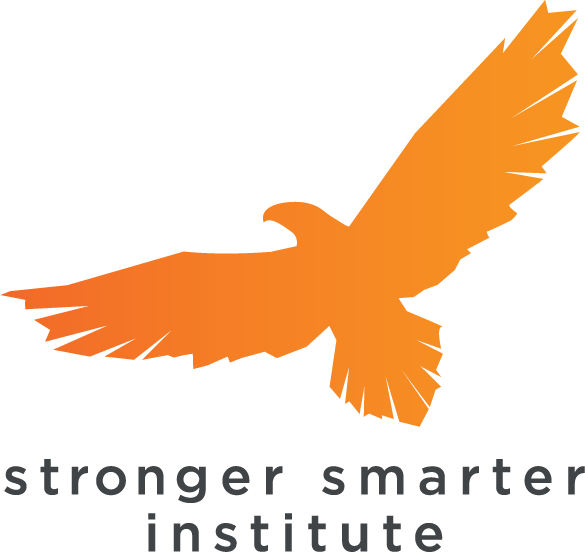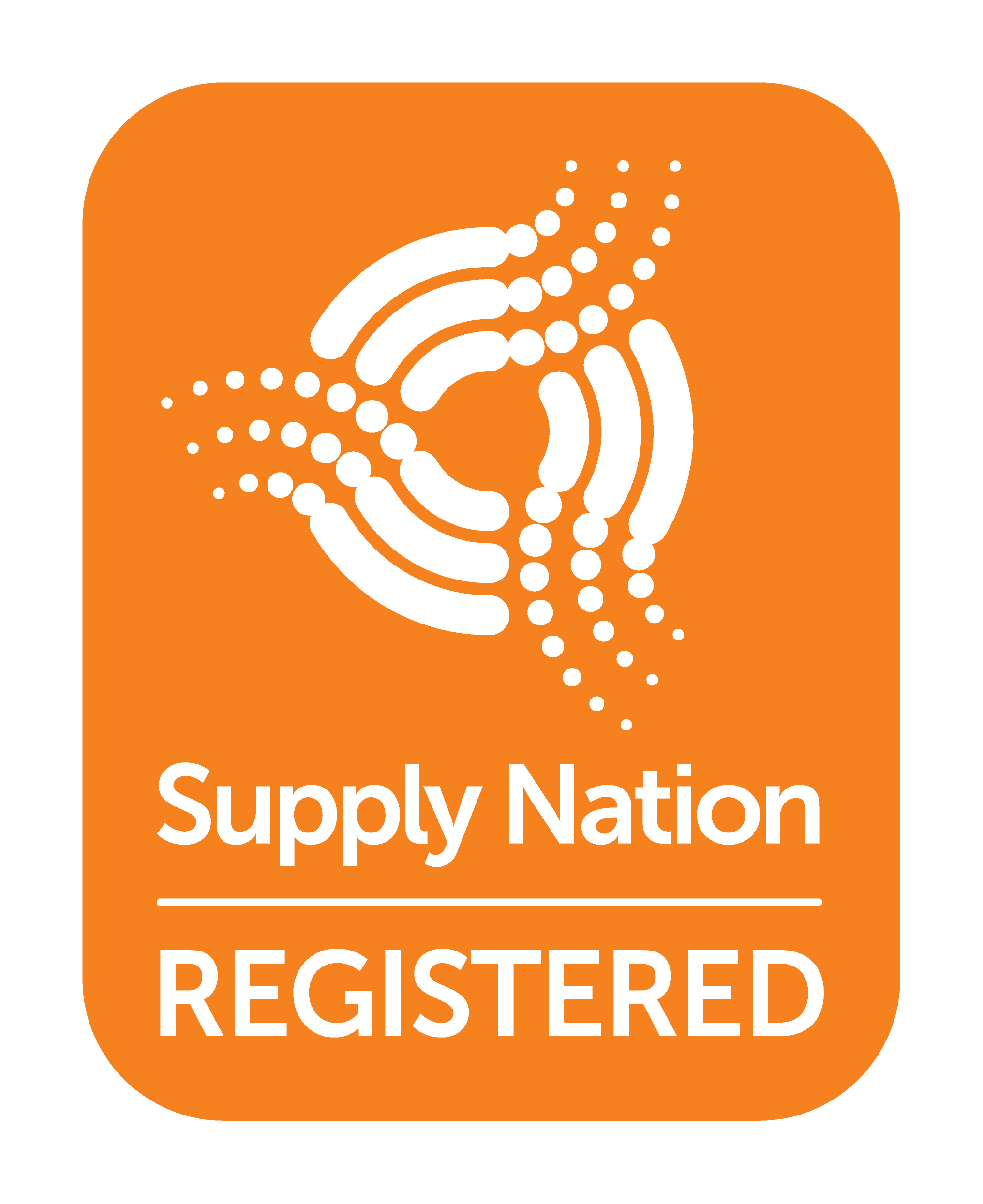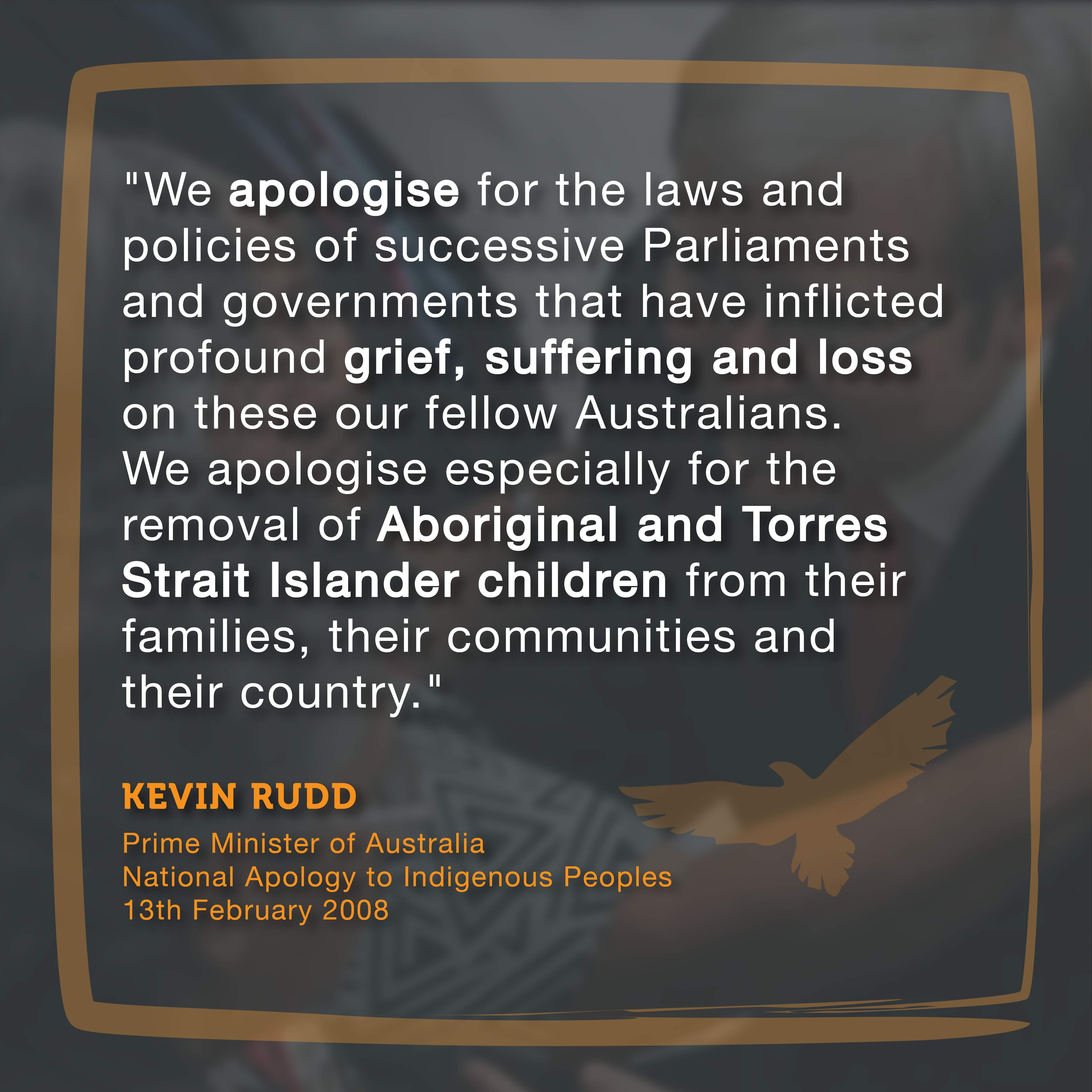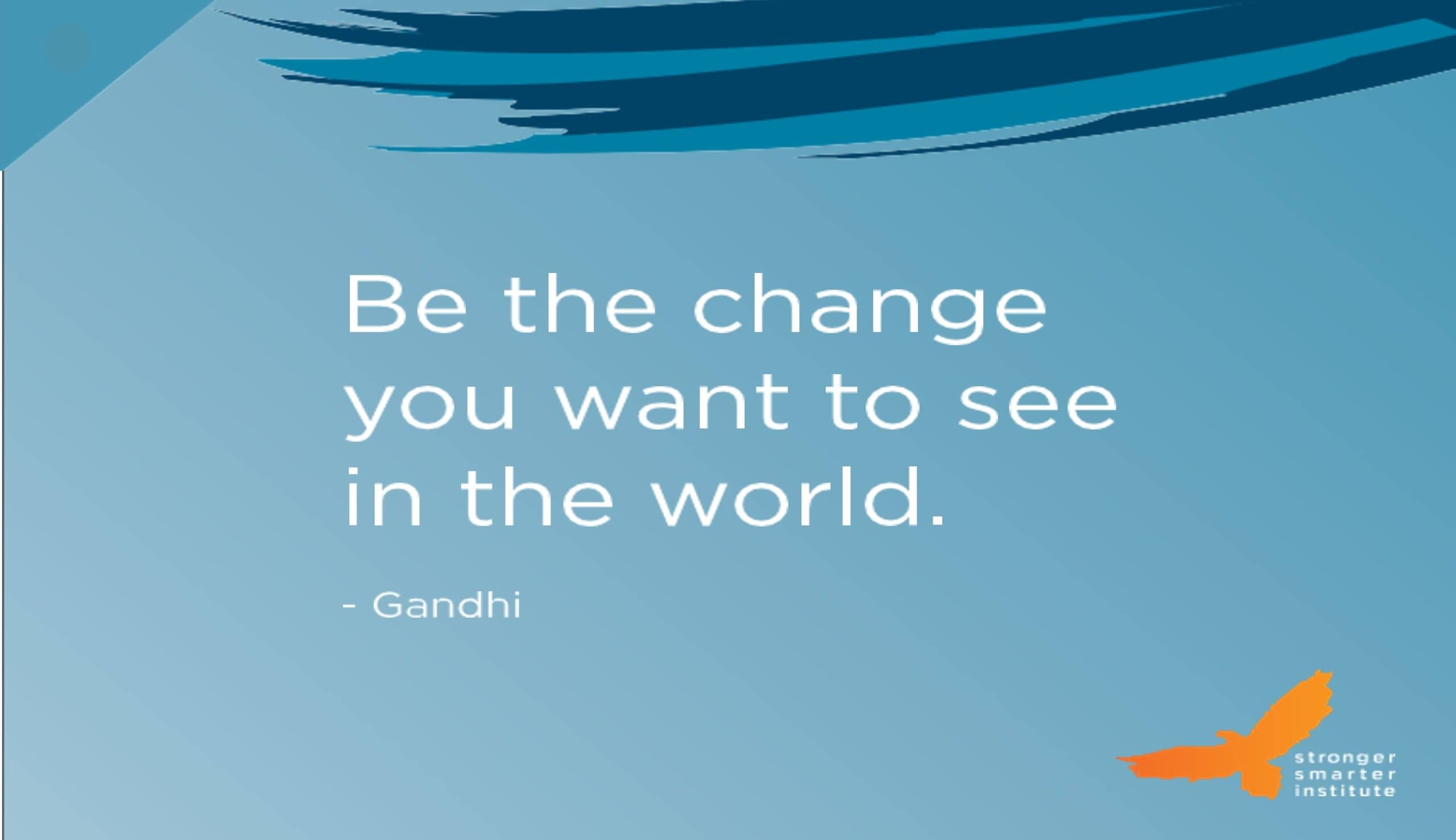29/05/2023

A clear message from Stronger Smarter alumni in our 2022 Stronger Smarter Census survey is that improving social and emotional wellbeing for students is an essential underlying element to support students to reach their full learning potential. This was echoed in the recent Review of the National School Reform Agreement that recommends elevating student wellbeing to an area of national priority.
Student wellbeing is the underlying gauge of student learning. If a student does not have his/ her wellbeing maintained at an optimum level, then learning for that student will not occur or be as positive as it can be.
Principal, NSW (Stronger Smarter Census, 2022)
In our submission to the Review, the Institute emphasised that any initiative to improve wellbeing for First Nations students must be tailored to the local context, grounded in strong and respectful relationships with the community, and provide individualised and holistic support. In other words, for First Nations students, wellbeing means a Strong and Smart classroom where there is a culturally responsive learning environment and high expectations for all students.
Supporting wellbeing
In our 2022 Census, alumni told us that a Strong and Smart classroom gives students a greater sense of belonging and greater confidence in their own ability. Alumni report that when their classrooms are Strong and Smart, classroom behaviours change. They describe students taking the time to listen to others, being more appreciative of each other, responding with respect, and more willing to share and open up for conversation.
Alumni report that as students become more confident in their own ability, they are taking on more ownership of their approach to school and responsibility for their own outcomes. This leads to a better attitude to learning and greater motivation and engagement in the classroom.
Culturally safe learning spaces
Alumni tell us that enacting the Stronger Smarter Approach in their schools and classrooms means deliberate and planned strategies to create inclusive learning environments. After attending the Stronger Smarter Leadership Program, many alumni describe a sense of ‘opening eyes’ to a greater awareness of how their internal bias or prejudices might influence their classroom practice. They describe changing the narrative to turn the deficit discourse of disadvantage into the positive discourse of valuing First Nations knowledges and culture in schools.
Our classrooms and learning environment promote positive student identity. We aim to be able to see, feel and hear culture within our classrooms.
Principal, WA (Stronger Smarter Census 2022)
Alumni tell us they are being more inclusive, providing a more holistic approach to student care and putting the needs of the student first. Alumni describe how they use Stronger Smarter strategies to get to know students better. This involves a strength-based language and being more open to listening to students. Often alumni use check ins and yarning circles in the classroom, and these become an integral part of the school’s operations.
Knowing students and understanding how they learn and what excites them, all leads to improved wellbeing in the classroom. Alumni describe developing greater levels of differentiated teaching to build on student’s strengths, interests and learning styles. Some describe changing learning activities to allow students to demonstrate their diverse range of skills rather than just the traditional skills schools usually focus on.
Alumni describe creating more time in the classroom for students to take direction of some of their learning and encouraging students to share ideas and valuing their responses. They describe how valuing and enhancing student voice brings a deeper sense of pride and belonging and with that comes engagement and motivation. As alumni take time to learn more about their local First Nations culture and develop better connections with the local community, there are more opportunities to bring cultural knowledge into the classroom.
These Stronger Smarter strategies all come together to build a culturally responsive learning environment where students believe in themselves and see education as important. As our alumni describe, these are the strategies that support student social and emotional wellbeing.
High expectations culture
High expectations that both challenge and support all students to reach their full learning potential are also essential to support social and emotional wellbeing. However, these high expectations have to sit alongside a supportive, culturally responsive learning environment.
High expectations are now a part of our school improvement plan and staff have ongoing conversations with all students about the expectations they have for their learning. We also embed self-belief in all students.
Principal, NSW (Stronger Smarter Census 2022)
Alumni describe how this school-wide culture involves a shared commitment to improving outcomes for students, and staff holding high expectations for each other and keeping each other accountable. For students it means being clear and visible about expectations, so that all students understand what was expected and know their teacher has confidence in them to achieve. Alumni describe how Stronger Smarter provides both the shared language for a school-wide high expectations culture and the processes to work with staff to explore what this means and ensure that expectations are consistent across all staff.
National School Reform Agreement
The Review of the National School Reform Agreement is clear that supporting student wellbeing is about supporting teachers and schools to set a culture that promotes student wellbeing as part of core business and doesn’t require new programs or frameworks (p.151,157,158). The Institute agrees with this view: we already know what needs to be done, and we also know how to do it. Our alumni constantly tell us that the strategies of the Stronger Smarter Approach and tools provided in the Stronger Smarter Leadership Program support them to change their school and classroom environments to improve wellbeing for First Nations students.
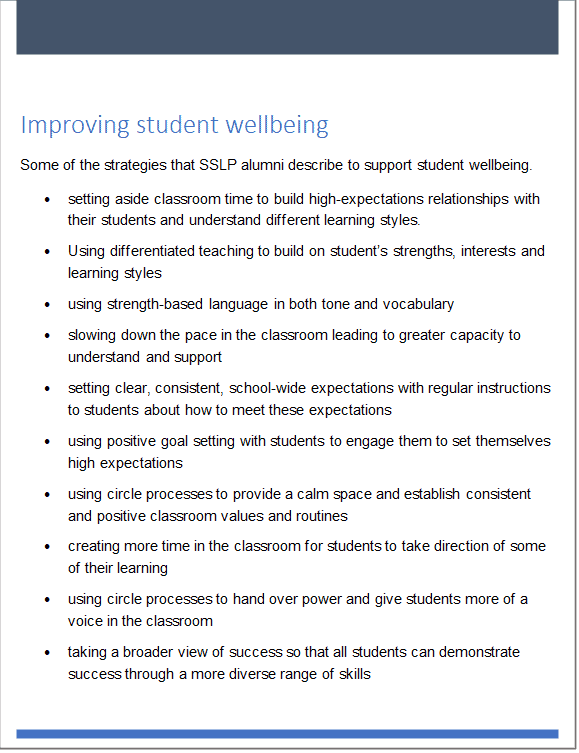
The Institute runs Stronger Smarter Leadership Programs across the country. Find out more or check our program calendar for a program near you.
